Home>Home Appliances>Laundry Appliances>What Water Level Should A Washing Machine Be On
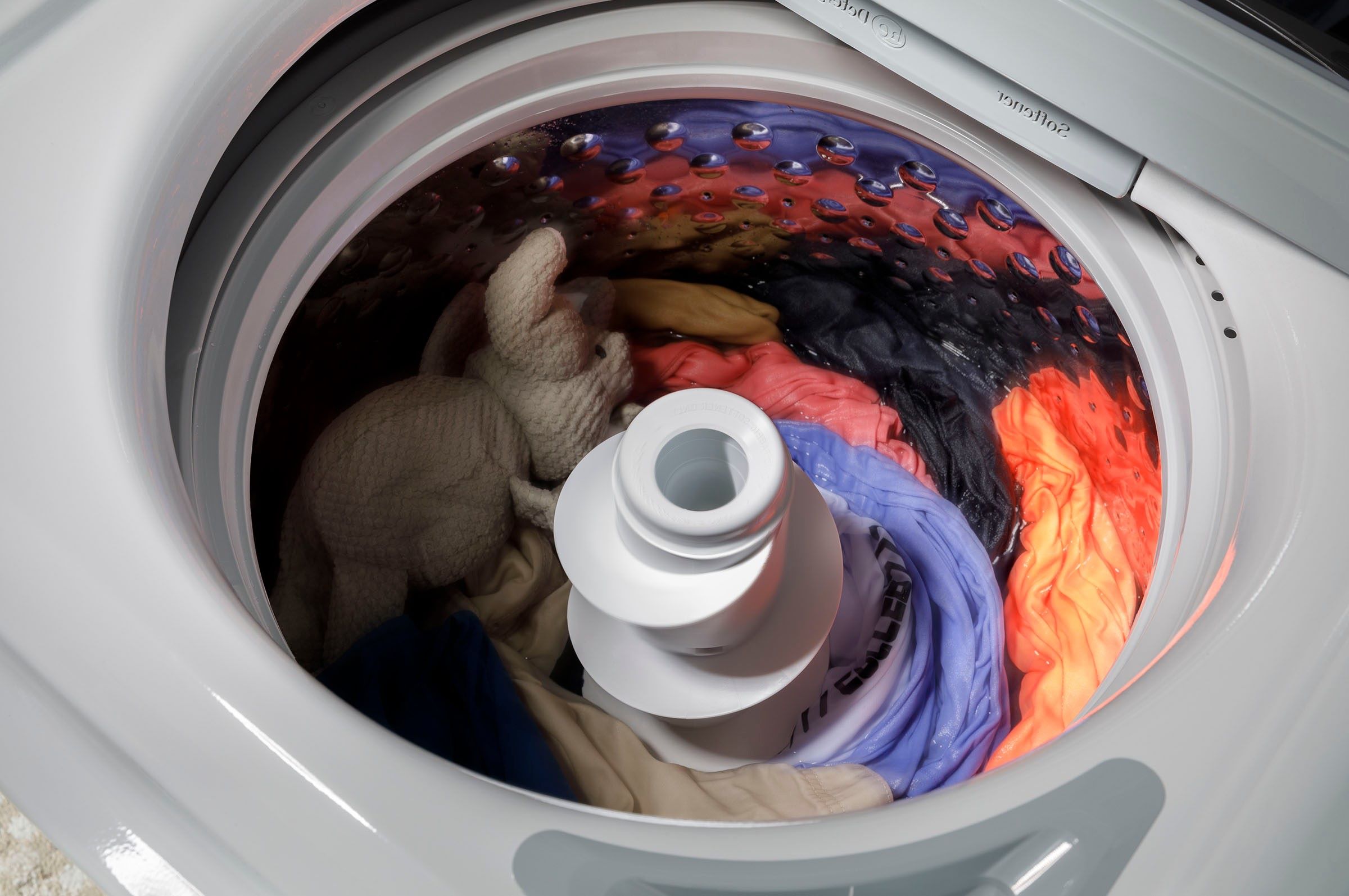

Laundry Appliances
What Water Level Should A Washing Machine Be On
Published: February 22, 2024
Find out the ideal water level for your washing machine to ensure efficient cleaning and prevent water wastage. Get expert tips on laundry appliances.
(Many of the links in this article redirect to a specific reviewed product. Your purchase of these products through affiliate links helps to generate commission for Storables.com, at no extra cost. Learn more)
Introduction
When it comes to doing laundry, the washing machine is a household hero. It efficiently cleans our clothes, linens, and other washable items, making our lives easier and more convenient. However, have you ever wondered about the significance of the water level in your washing machine? The water level plays a crucial role in ensuring that your laundry is washed effectively and efficiently. Understanding the optimal water level for different types of loads can make a significant difference in the cleanliness and longevity of your garments.
In this comprehensive guide, we will delve into the intricacies of determining the appropriate water level for your washing machine. We will explore the factors that influence the selection of water level, how to adjust it for various loads, and the importance of maintaining the proper water level. By the end of this article, you will have a deeper understanding of the role that water level plays in the laundry process and how it can impact the quality of your wash. So, let's embark on this enlightening journey to unravel the mysteries of the ideal water level for your washing machine.
Key Takeaways:
- Adjusting water level based on load size and fabric type optimizes cleaning and conserves resources, ensuring thorough cleaning for all laundry loads.
- Maintaining the proper water level is crucial for effective cleaning, preserving garment quality, and promoting sustainable laundry practices.
Factors to Consider for Water Level
Determining the appropriate water level for your washing machine involves considering several crucial factors. Understanding these elements will enable you to optimize the washing process for different types of loads, ensuring thorough cleaning and preserving the integrity of your garments.
-
Load Size: The size of the laundry load is a primary consideration when determining the water level. For smaller loads, using a lower water level is more efficient and cost-effective. Conversely, larger loads require a higher water level to ensure that all items are adequately submerged and cleaned.
-
Fabric Type: Different fabrics have varying water absorption rates and cleaning requirements. Delicate fabrics such as silk and wool necessitate a gentler washing process, often requiring a lower water level to prevent excessive agitation. In contrast, sturdy fabrics like denim and towels may benefit from a higher water level to facilitate thorough cleaning.
-
Soil Level: The degree of soiling on the laundry items influences the water level selection. Heavily soiled garments may require a higher water level to effectively dislodge and remove dirt and stains. Conversely, lightly soiled items can be efficiently cleaned with a lower water level, reducing water consumption and energy usage.
-
Machine Capacity: Understanding the capacity of your washing machine is essential for determining the appropriate water level. Overloading the machine with excessive laundry can lead to inefficient cleaning and potential damage to the appliance. Adhering to the recommended load capacity and water level guidelines provided by the manufacturer ensures optimal performance and longevity of the washing machine.
-
Water Efficiency: In today's environmentally conscious world, maximizing water efficiency is paramount. Selecting the appropriate water level for each load not only ensures effective cleaning but also minimizes water wastage. By utilizing the optimal water level, you can contribute to water conservation efforts while maintaining the cleanliness of your laundry.
Considering these factors when determining the water level for your washing machine empowers you to make informed decisions that align with the specific requirements of each load. By customizing the water level based on load size, fabric type, soil level, machine capacity, and water efficiency, you can achieve superior cleaning results while promoting sustainability in your laundry practices.
Adjusting Water Level for Different Loads
Adjusting the water level for different loads is a pivotal aspect of optimizing the washing process to ensure exceptional cleaning results. By tailoring the water level to suit the specific characteristics of each load, you can enhance the efficiency and effectiveness of your laundry routine.
For smaller loads, it is advisable to adjust the water level to correspond to the quantity of items being washed. By utilizing a lower water level for smaller loads, you can minimize water consumption and energy usage while still achieving thorough cleaning. Many modern washing machines offer settings that automatically adjust the water level based on the load size, providing a convenient and efficient solution for smaller laundry quantities.
Conversely, when dealing with larger loads, it is essential to increase the water level to accommodate the additional items. Adequate water coverage is crucial for ensuring that all garments are thoroughly submerged and cleaned during the washing cycle. Failing to adjust the water level for larger loads can result in uneven cleaning and potential damage to the items due to excessive friction and inadequate water circulation.
Furthermore, considering the fabric type is imperative when adjusting the water level. Delicate fabrics, such as silk, lace, and cashmere, require a gentle washing approach, often necessitating a lower water level to prevent excessive agitation that could compromise the integrity of the garments. By customizing the water level to suit delicate fabrics, you can safeguard their quality and prolong their lifespan.
In contrast, robust fabrics like denim, towels, and bedding benefit from a higher water level to facilitate thorough cleaning. The increased water volume allows for improved soil suspension and effective removal of dirt and stains from these hard-wearing items. Adjusting the water level based on fabric type ensures that each load receives the tailored treatment it requires for optimal cleanliness and care.
By adjusting the water level according to the specific characteristics of each load, you can harness the full potential of your washing machine to deliver exceptional cleaning results while conserving resources. This thoughtful approach to water level adjustment empowers you to adapt the washing process to suit the unique requirements of different loads, ultimately enhancing the quality and longevity of your garments and linens.
For most washing machines, the water level should be set to match the size of the load. A smaller load requires less water, while a larger load needs more. Follow the manufacturer’s guidelines for best results.
Importance of Proper Water Level
The significance of maintaining the proper water level in your washing machine cannot be overstated. It directly impacts the effectiveness of the cleaning process and the overall care of your garments. Understanding the importance of the water level empowers you to make informed decisions that optimize the washing process and preserve the quality of your laundry.
Proper water level ensures thorough cleaning by allowing the detergent to dissolve and distribute effectively. When the water level is insufficient, the detergent may not disperse adequately, leading to uneven cleaning and potential residue on the garments. Conversely, an excessive water level can dilute the detergent, compromising its cleaning power. By maintaining the optimal water level, you enable the detergent to interact with the laundry items optimally, ensuring comprehensive soil removal and a fresh, clean outcome.
Moreover, the water level directly influences the movement and interaction of the garments during the washing cycle. Insufficient water coverage can result in inadequate agitation and friction, hindering the removal of dirt and stains. On the other hand, an appropriate water level facilitates proper garment movement, allowing the items to rub against each other gently, promoting effective soil suspension and thorough cleaning. This is particularly crucial for heavily soiled items, as the adequate water level ensures that dirt and grime are lifted away from the fabrics, leaving them clean and revitalized.
Furthermore, maintaining the proper water level is essential for preserving the integrity of your garments. Inadequate water coverage can lead to excessive friction and abrasion between the items, potentially causing damage to delicate fabrics and embellishments. Conversely, an optimal water level supports gentle yet effective cleaning, safeguarding the quality and longevity of your clothing, linens, and other washable items.
Additionally, the proper water level contributes to energy and water efficiency. By utilizing the appropriate water level for each load, you can minimize water consumption and energy usage without compromising the cleanliness of your laundry. This not only reduces the environmental impact but also translates to cost savings and sustainable laundry practices.
In essence, the importance of maintaining the proper water level in your washing machine extends beyond mere functionality. It is a fundamental aspect of achieving exceptional cleaning results, preserving the quality of your garments, and promoting sustainable and efficient laundry practices. By recognizing the impact of water level on the washing process, you can elevate the care and maintenance of your laundry, ensuring that your garments emerge fresh, clean, and revitalized after each wash.
Conclusion
In conclusion, the water level in a washing machine is a critical determinant of the cleaning efficacy and overall care of your laundry. By considering factors such as load size, fabric type, soil level, machine capacity, and water efficiency, you can tailor the water level to suit the specific requirements of each load, ensuring thorough cleaning and resource conservation. Adjusting the water level for different loads, whether small or large, delicate or robust, empowers you to optimize the washing process, delivering exceptional cleaning results while preserving the integrity of your garments.
Maintaining the proper water level is paramount for facilitating the effective distribution of detergent, promoting adequate garment movement during the washing cycle, and safeguarding the quality and longevity of your clothing and linens. Furthermore, it contributes to energy and water efficiency, aligning with sustainable laundry practices and cost-effective resource utilization.
By recognizing the impact of water level on the washing process, you can elevate the care and maintenance of your laundry, ensuring that your garments emerge fresh, clean, and revitalized after each wash. Embracing a thoughtful and informed approach to water level selection empowers you to harness the full potential of your washing machine, promoting sustainability, efficiency, and exceptional cleanliness in your laundry routine.
In essence, the journey to unraveling the mysteries of the ideal water level for your washing machine equips you with the knowledge and insight to make informed decisions that enhance the quality and longevity of your garments. As you embark on your laundry adventures, may the understanding of water level intricacies guide you towards a future of pristine, freshly laundered perfection.
Frequently Asked Questions about What Water Level Should A Washing Machine Be On
Was this page helpful?
At Storables.com, we guarantee accurate and reliable information. Our content, validated by Expert Board Contributors, is crafted following stringent Editorial Policies. We're committed to providing you with well-researched, expert-backed insights for all your informational needs.
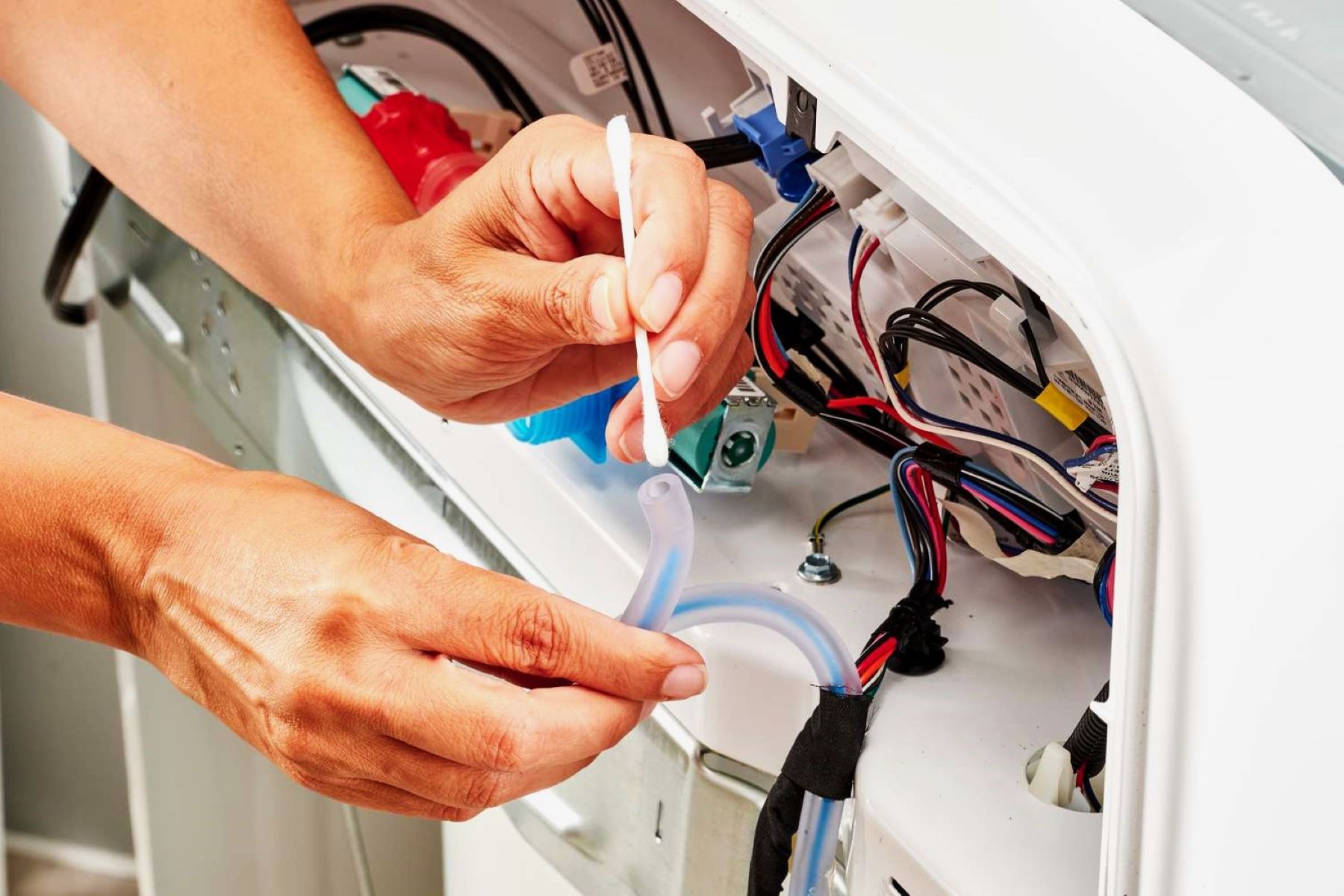

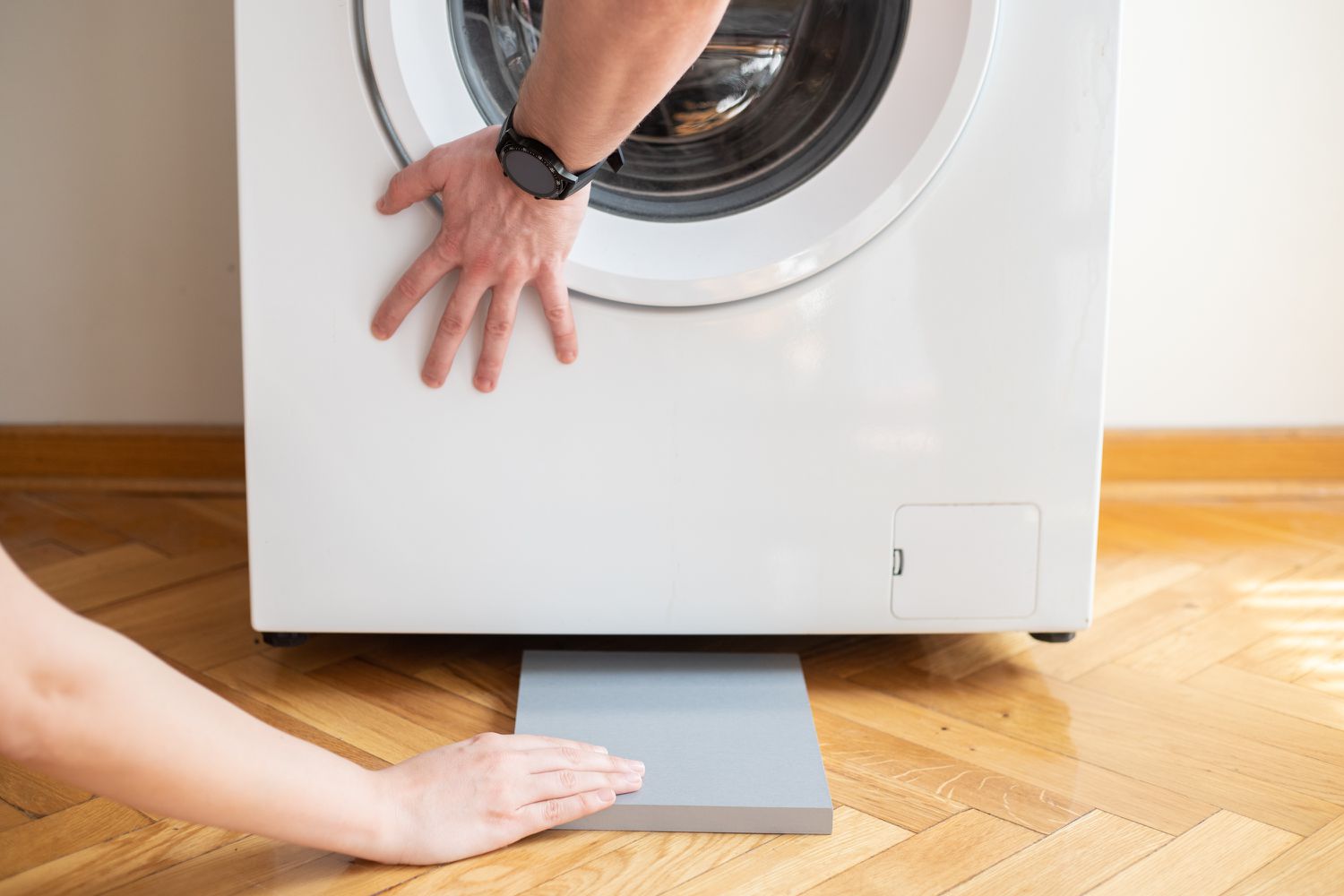
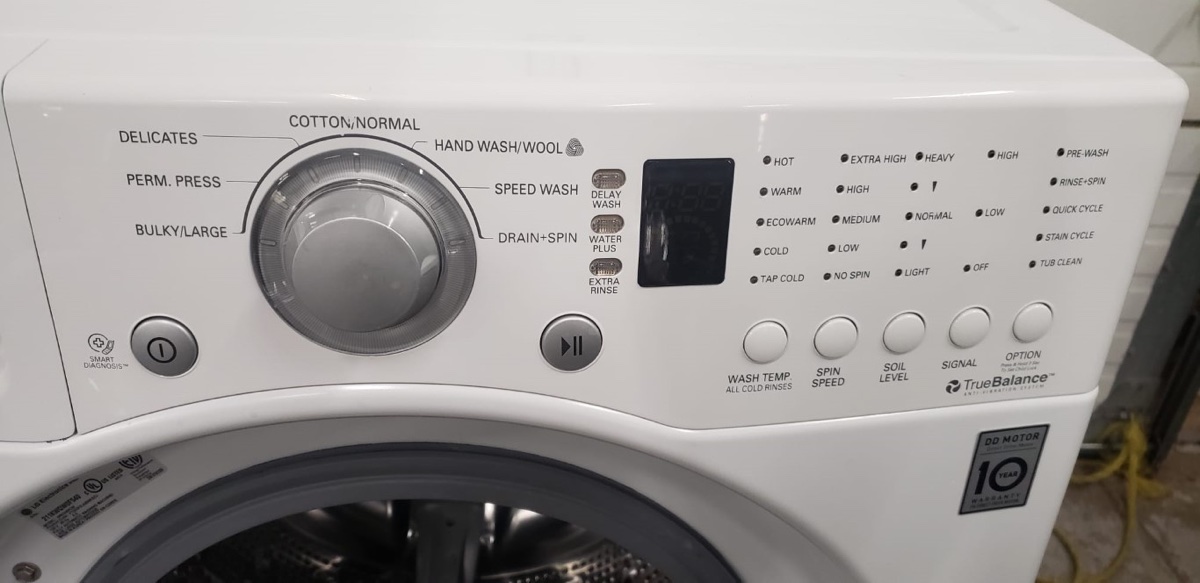
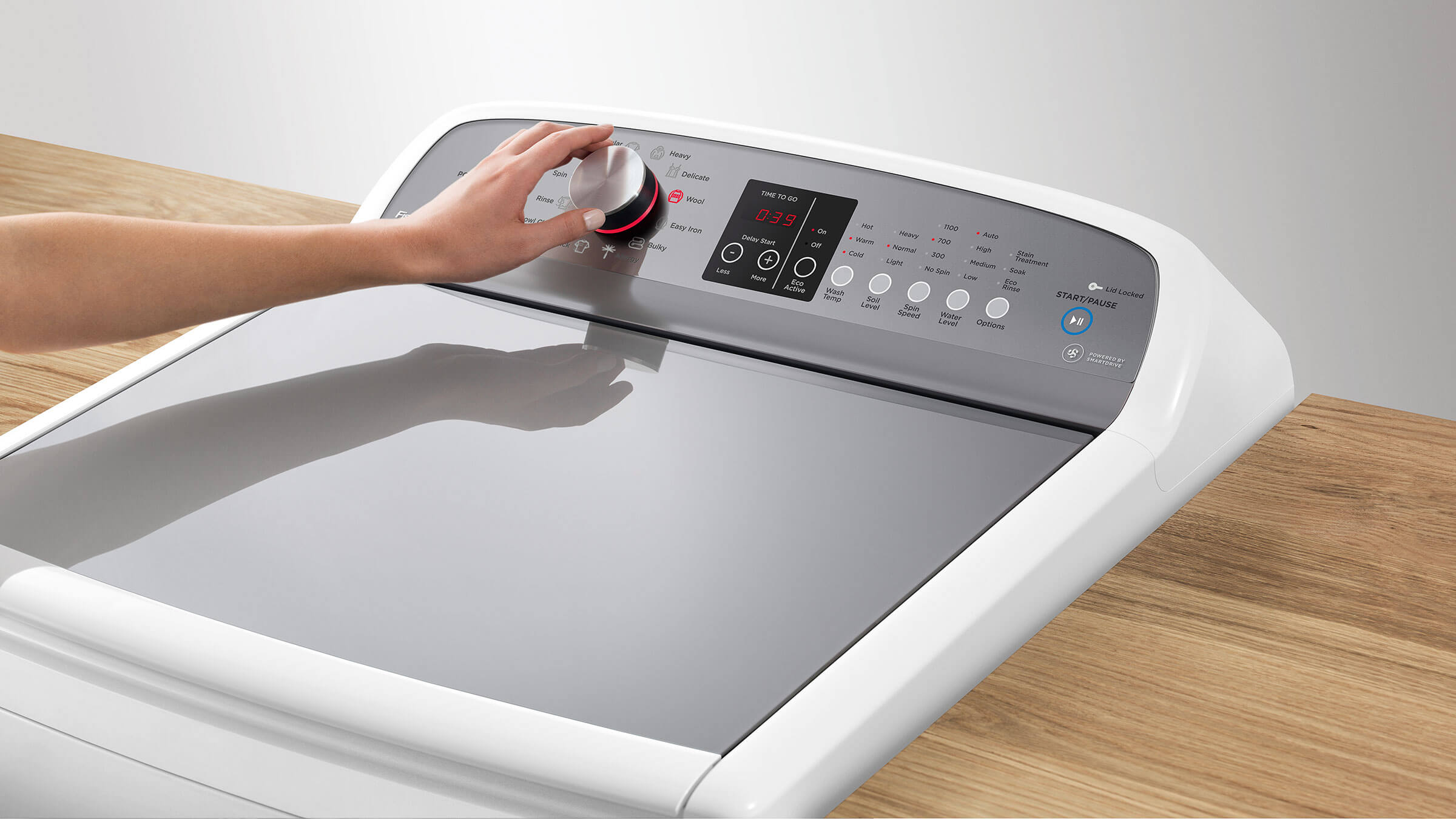
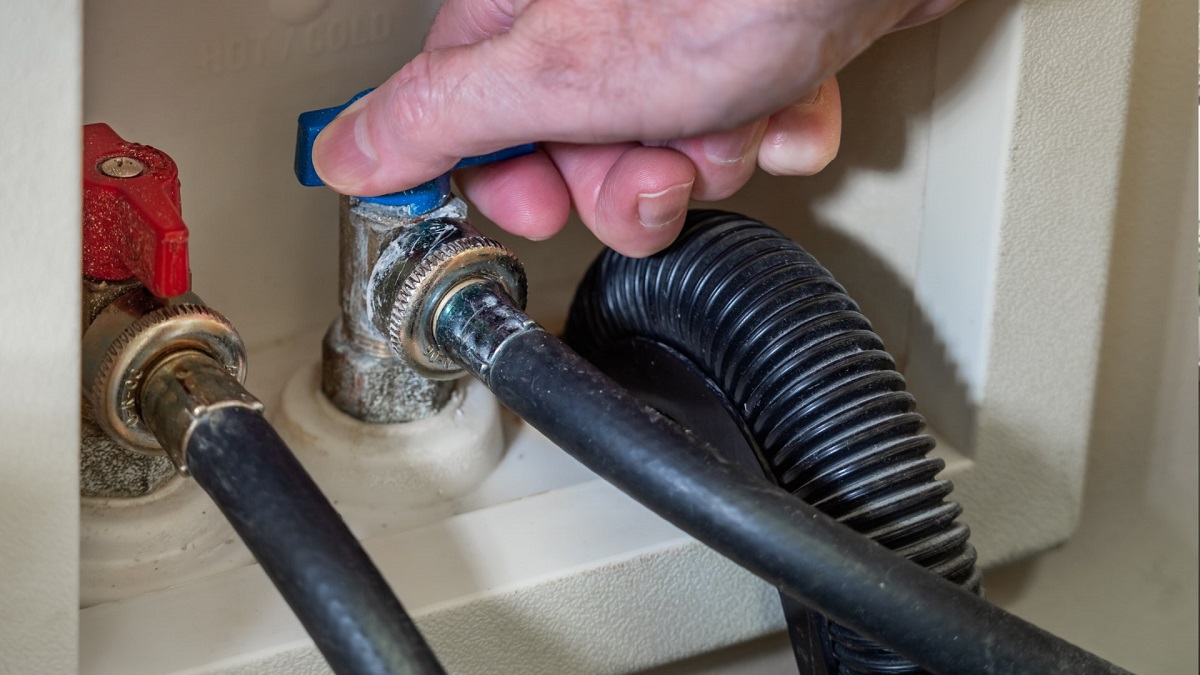
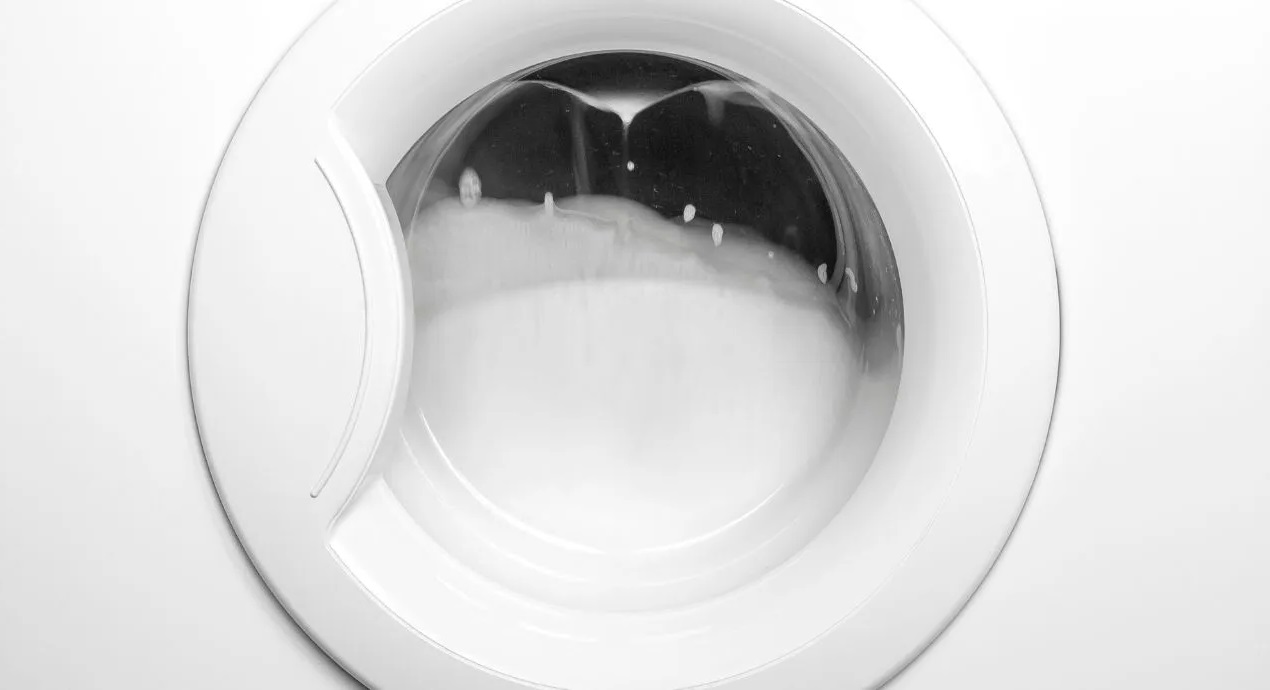
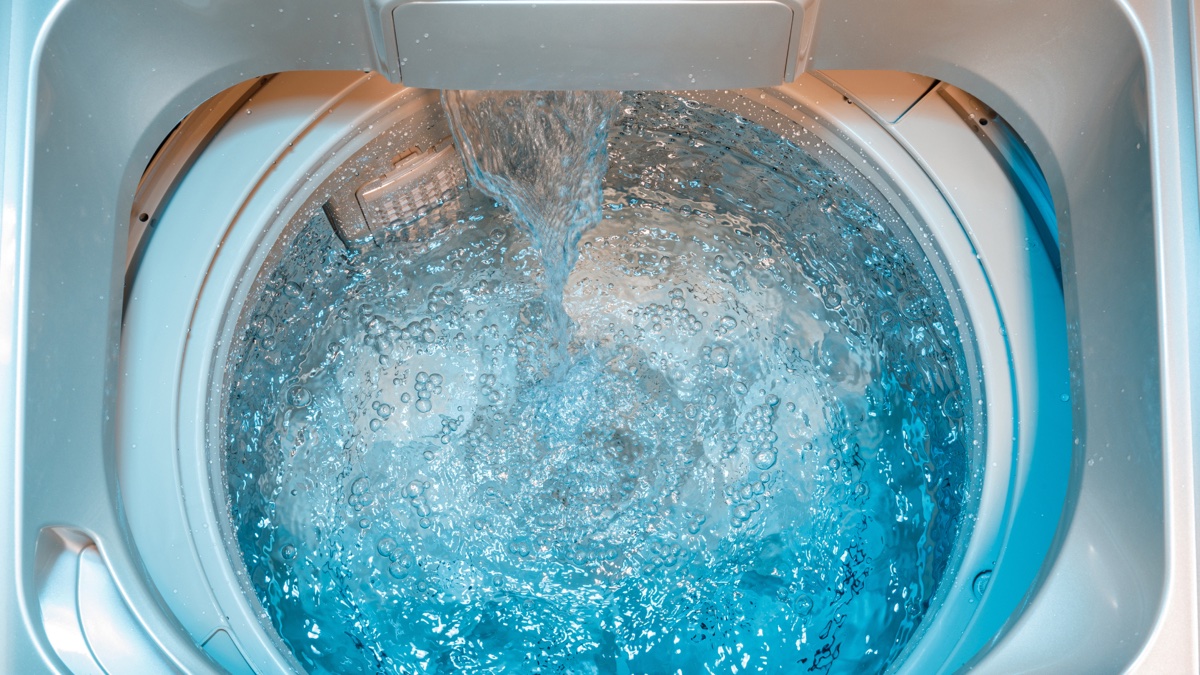
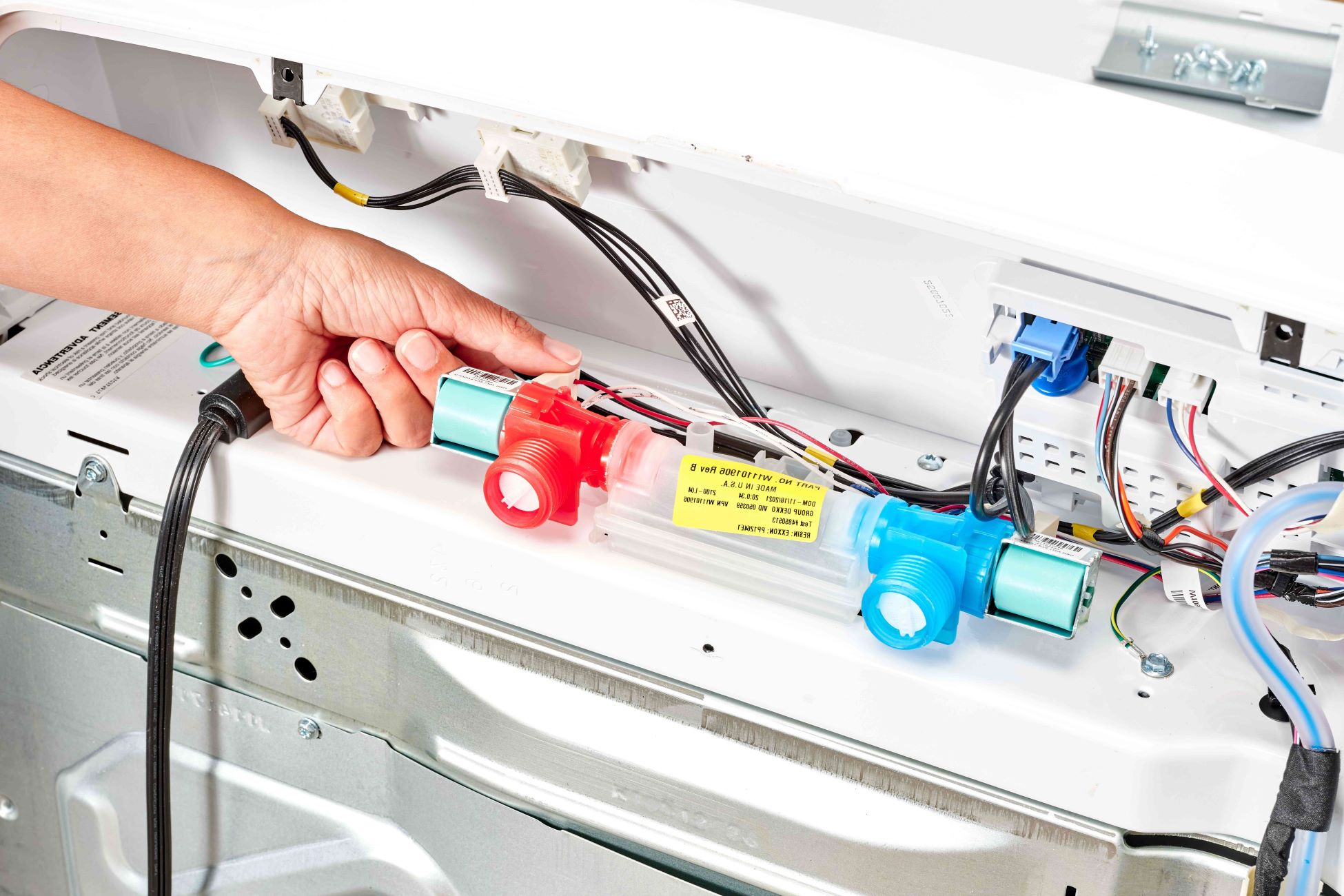
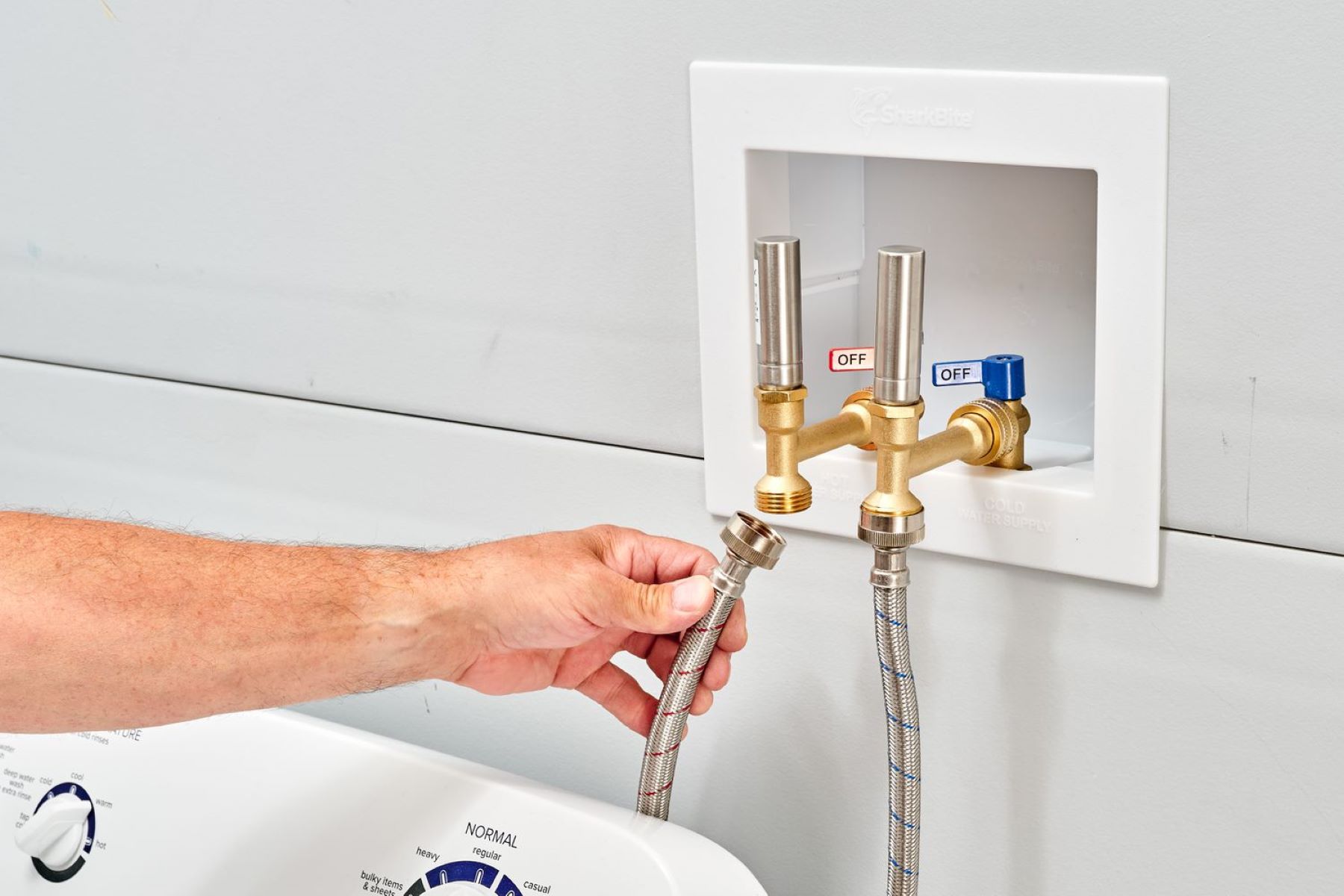
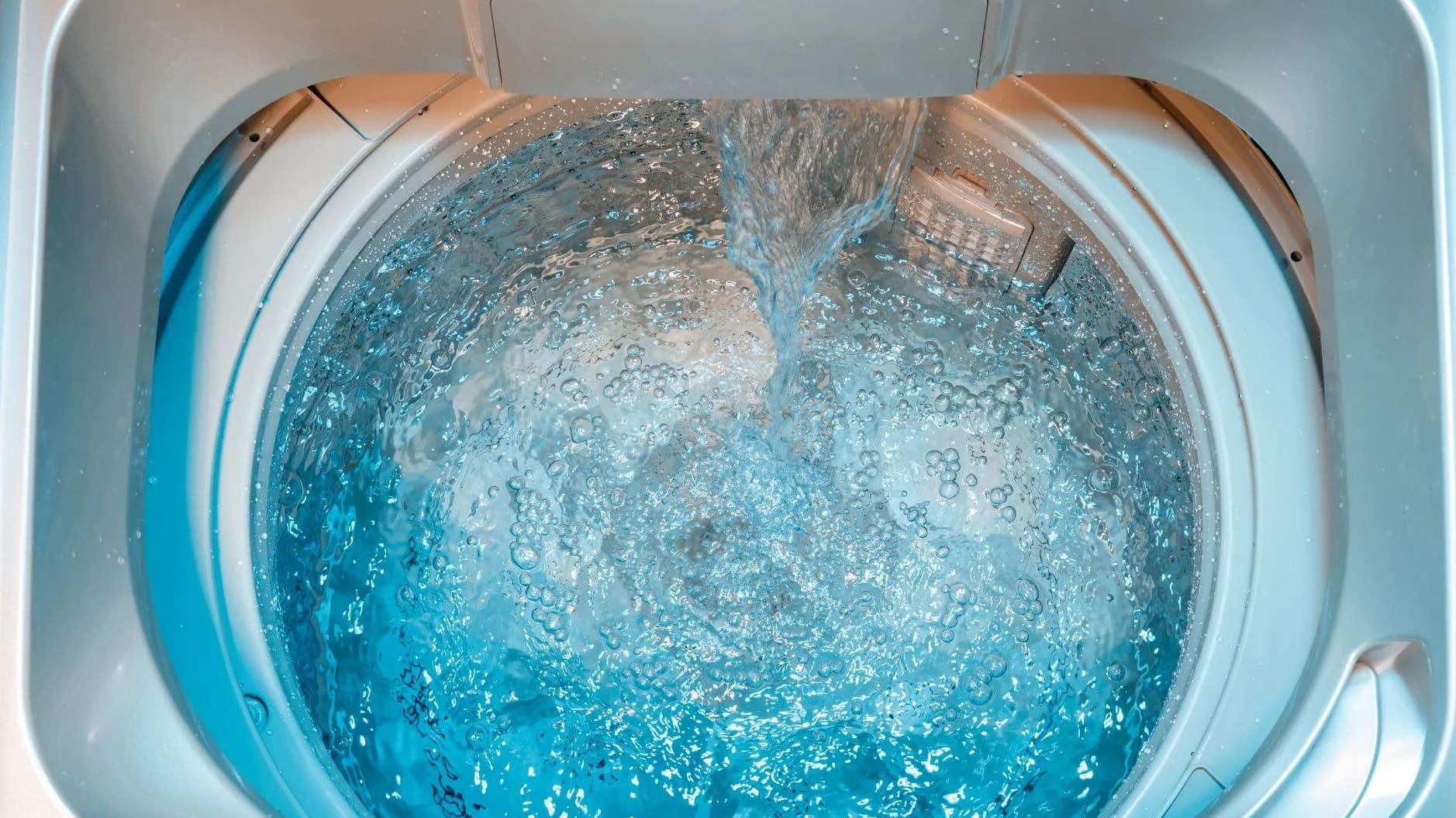
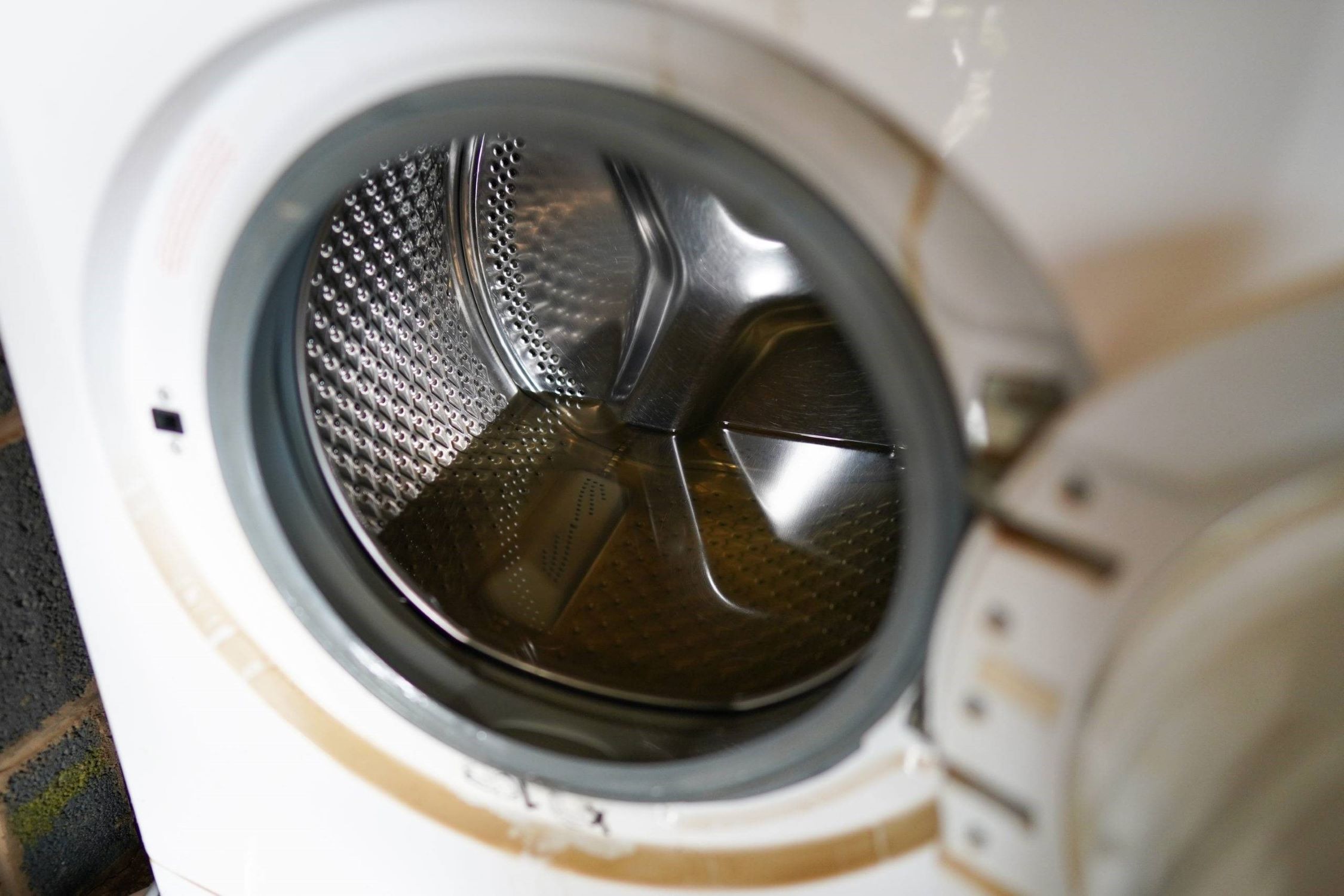
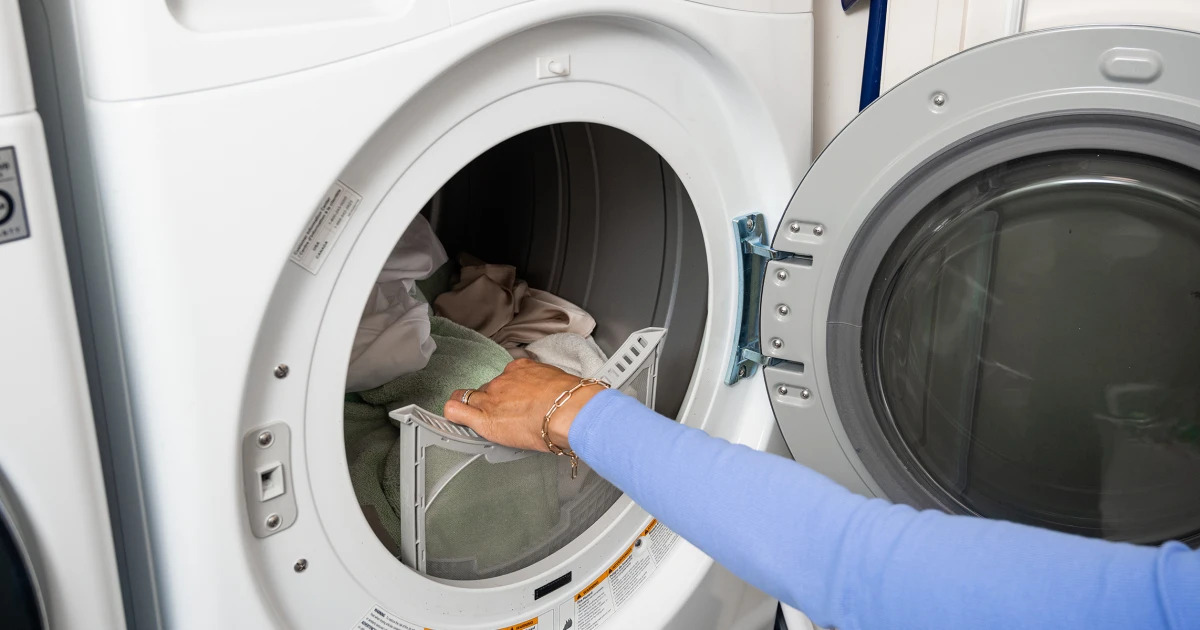
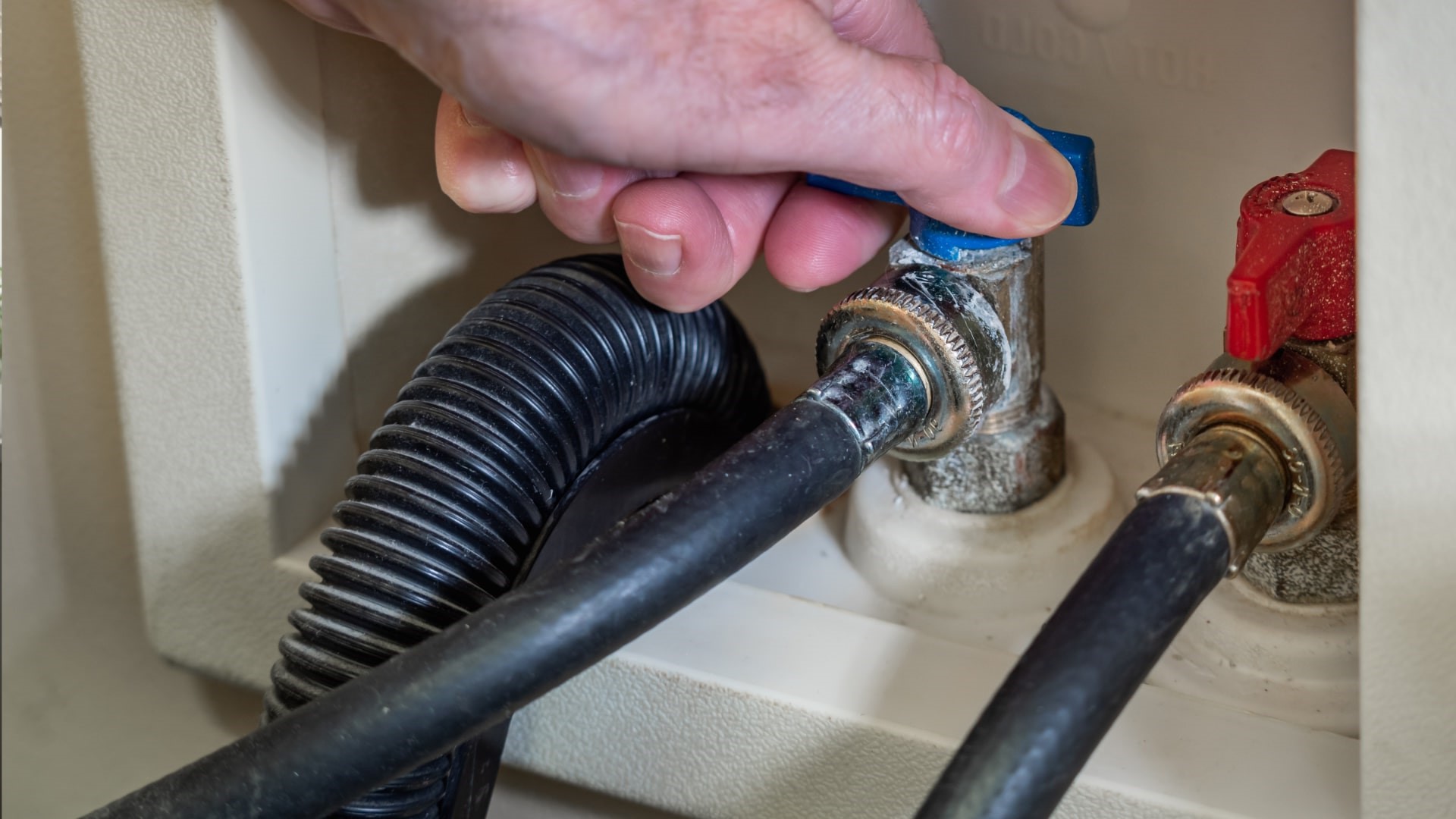
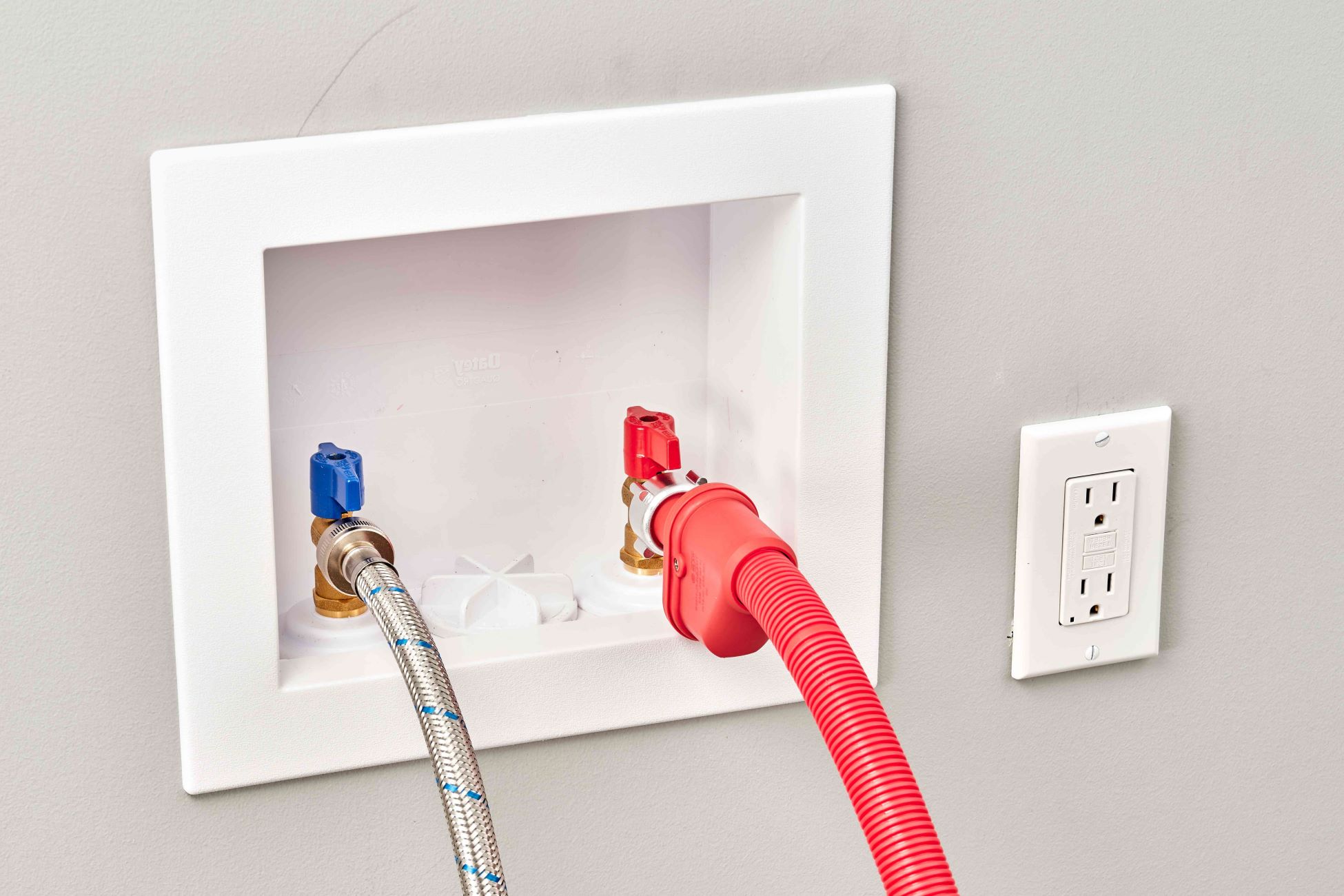

0 thoughts on “What Water Level Should A Washing Machine Be On”